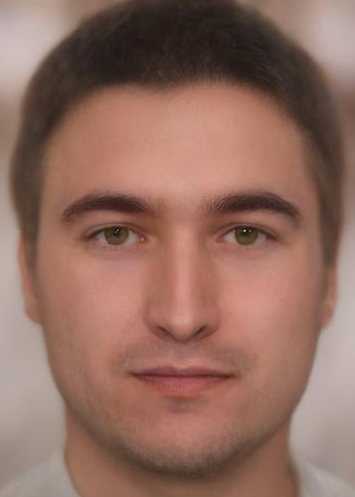
Thracians Raw DNA - 9 files - 23andme format
The Thracians, an ancient Indo-European people, inhabited the lands of modern-day Bulgaria, Romania, Greece, Turkey, and the Republic of North Macedonia from the 12th century BC until the 1st century AD.
Thracian pottery, often characterized by its distinctive shapes and intricate decorations, provides valuable insights into their daily lives and artistic sensibilities. Their pottery ranged from simple utilitarian vessels to more elaborate forms used in rituals and ceremonies. The decoration of their pottery often featured geometric patterns, animal motifs, and stylized human figures, reflecting their connection to nature and their belief in the spiritual world.
The Thracian language is generally considered to be an Indo-European language, though its exact classification within the Indo-European family remains a subject of debate among scholars. Linguists and population geneticists theorize that thracian language evolved out of languages spoken by the corded ware culture. Thracian language has been found to be somewhat similar to slavic and baltic languages.
The Greeks often viewed the Thracians as barbarians, and the two cultures clashed in various wars and skirmishes. However, there were periods of peace and cooperation, particularly during the Hellenistic period.
Despite their differences, the Thracians were influenced by Greek culture. Greek mythology, philosophy, and art made their way into Thracian society, and many Thracian nobles adopted Greek customs. The Thracians also contributed to Greek culture, particularly in the realms of religion and mysticism. The cult of Dionysus, for example, has strong Thracian roots.
Over centuries, the Thracian culture gradually assimilated into the emerging Slavic cultures. This process was influenced by various factors, including intermarriage, language shift, and the adoption of Slavic customs and beliefs.
For this video, I gathered the raw genomes of 9 thracian samples, and ran them through my trait predictor tool for DNA analysis.
